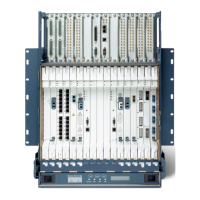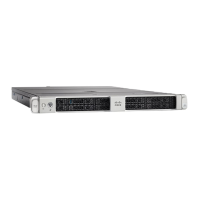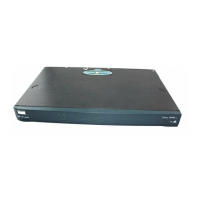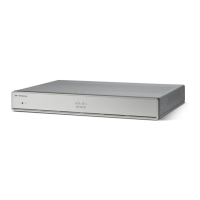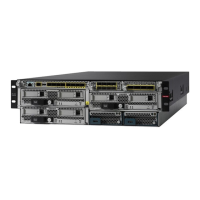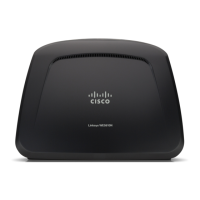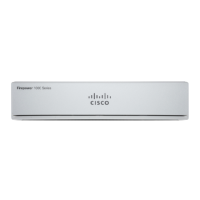8-6
Cisco SCE8000 Installation and Configuration Guide, Rel 3.1.7
OL-16478-03
Chapter 8 Troubleshooting
Troubleshooting Overview
Problem Solving Using a Subsystems Approach
• Identifying Startup Problems, page 8-6
• Troubleshooting the Power Subsystem, page 8-7
• Troubleshooting the Firmware Package Installation, page 8-8
• Troubleshooting the Management Subsystem, page 8-8
• Troubleshooting the Link Interface Subsystem, page 8-10
Identifying Startup Problems
Startup problems are commonly due to the source power or to a poor cable connection.
When you start up the Cisco SCE8000 platform for the first time, you should observe the startup
sequence described in Starting the Cisco SCE8000 Platform, page 7-1. This section contains a more
detailed description of the normal startup sequence and describes the steps to take if the system does not
perform that sequence as expected. LEDs indicate all system states in the startup sequence. By checking
the state of the LEDs, you can determine when and where the system failed in the startup sequence. Use
the following descriptions to isolate the problem to a subsystem, and then proceed to the appropriate
sections to try to resolve the problem.
When you start up the system by turning on the power supply switch, the following should occur:
• You should immediately hear the fans operating.
• If the Status LED is flashing orange, indicating a warning state, check the user log:
At the prompt, type: more user log
FAN OK Green On Power supply internal fan is operational.
Off Power supply internal fan is not operational.
Power (front
panel)
Green Steady Installed power supplies are functioning normally.
Amber Steady One of the power supply units is disconnected or
malfunctioning.
Off No power.
Table 8-3 Fan Assembly LED
LED Label Color State Function
FAN STATUS Green On All fans are operational.
Off One or more of the individual fans are not
operational.
Table 8-2 Power Supply LEDs (continued)
LED Label Color State Function
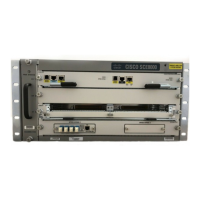
